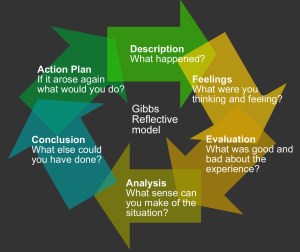This unit is pretty much broken up into Marketing and Promoting 3 separate projects – The Comic-con, Film Festival and you.
The Comic-con – 4th May
Comic-con is more of a dog whistle promotion for the college – we are focussing on a good event that covers Film, TV, Comics, Video Games, Desktop games, cosplay, Fantasy & Sci-Fi.
Content will be Cosplay related, with Vendors, Workshops (Computer Games, Video, Media Make-Up), Tabletop Games, Screenings, Retro Gaming, Artists and Special Guests.
We need to get a Logo, design the web page, promote the event to Vendors (Pricing and contracts), set ticket prices (using eventright?), Security, attract more guests (Actors, artists, writers, Cosplayers, youtubers etc)
Workshops will be an essential, especially to focus on the courses the college offers that link into this niche market. Establishing the revenue streams now is also essential if we are to expand this to a Saturday as well.
Film Festival – 25th April
A more corporate promotion of the college, we will need to promote it early to raise awareness of it for students and local schools alike.
Content will be a combination of Bridgwater & Taunton College Student Film work, based on projects they are doing for qualifications – so music videos, TV, Short films, Documentaries on a theme of Identity.
We need to get logo designed and develop the website, talk to Marketing, design posters and distribute them (around college, around local schools and colleges), set a budget for prizes – and most important of all, get it on Film Freeway ASAP. Design Academy is working on a Logo, and we can get Film Freeway moving before we update that.
We have an existing web WordPress website here.
You
You will need you do your Bio and Personal Statement, as well as any progression materials – UCAS applications, CV, Showreel, website, twitter feed, Facebook page, Linked in profile, Course Site, etc…
All this will support the college projects, as well as the college projects promoting you.
